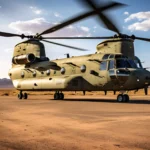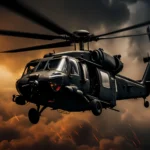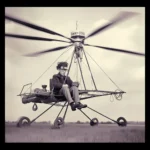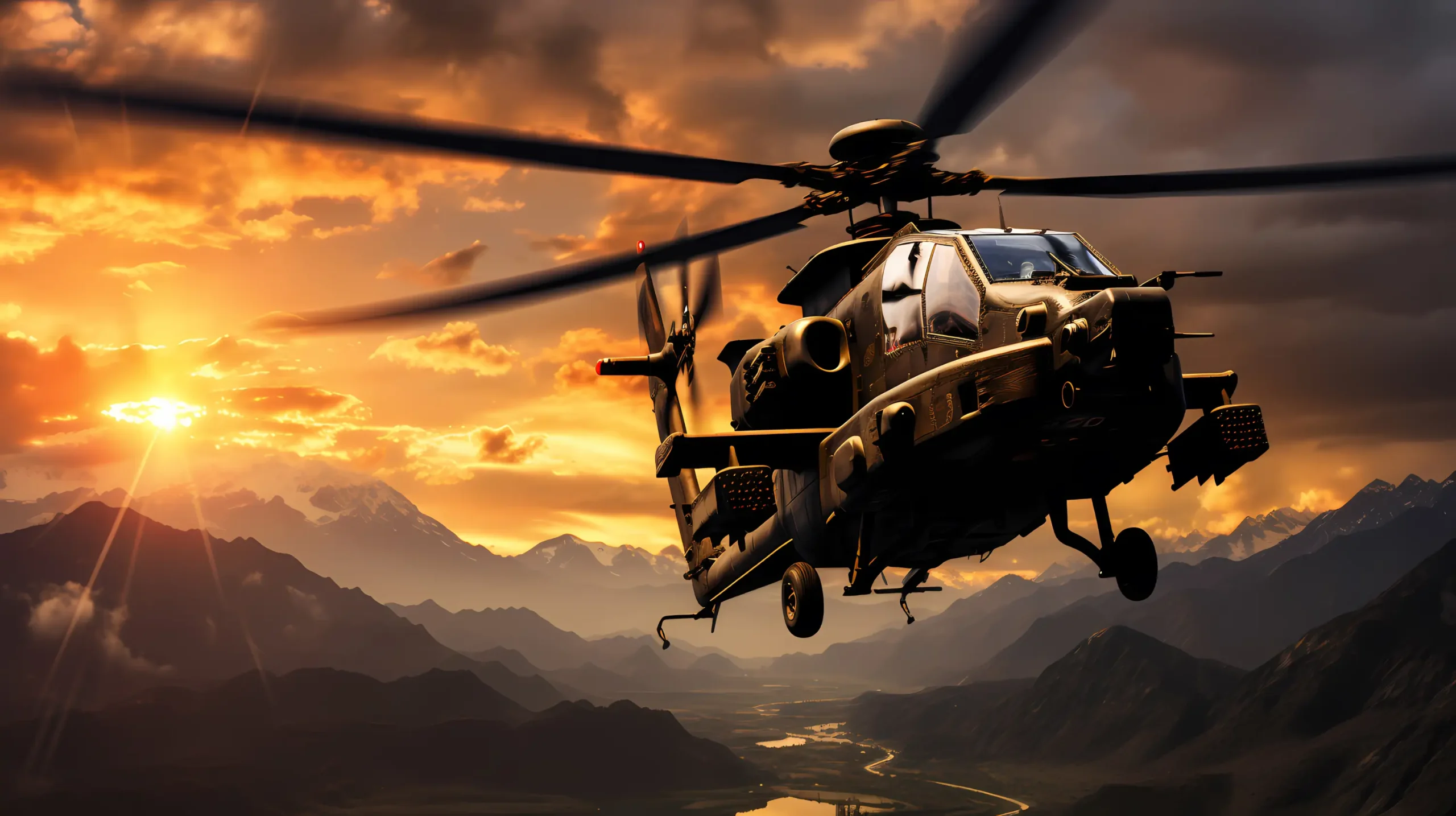A powerful symbol of modern aerial warfare, the AH-64 Apache helicopter is an unparalleled asset in combat operations. Known for its speed, firepower, and versatility, the Apache’s story is as fascinating as its capabilities.
The development of the Apache began in the United States during the mid-1970s, in the aftermath of the Vietnam War. The U.S. Army realized the need for an advanced, dedicated attack helicopter to replace the AH-1 Cobra, which could not meet the evolving challenges on the battlefield. The design contract was initially awarded to Hughes Helicopters, which later became part of the aerospace giant McDonnell Douglas and Boeing.
The Apache took its first flight on September 30, 1975. The helicopter was unique and cutting-edge, featuring a tandem cockpit for a two-man crew, advanced sensor systems for target acquisition, and state-of-the-art avionics for navigation and communications. The most distinguishable feature of the Apache is its nose-mounted sensor suite, which allows pilots to navigate and conduct precise attacks in day, night, and adverse weather conditions.
Powering this aircraft are two high-performance turboshaft engines, allowing it to reach up to 182 miles per hour. The Apache is also renowned for its survivability, with a robust design can withstand hits from rounds up to 23mm in fired.
When it comes to firepower, the Apache is second to none. It carries a 30mm M230 Chain Gun under its forward fuselage, and it also has four hardpoints mounted on stub-wing pylons, capable of carrying a mixture of AGM-114 Hellfire missiles and Hydra 70 rocket pods.
The AH-64D Apache Longbow, an upgraded version introduced in the late 1990s, added the Longbow Fire Control Radar, enabling the helicopter to engage with enemies without visual contact. This crucial upgrade gave the Apache a significant edge in modern warfare scenarios.
The Apache has proven its mettle in numerous conflicts, starting with the Persian Gulf War in 1991. It has been a game-changer in Panama, Afghanistan, and Iraq operations, where it performed close air support, deep strikes, and combat search and rescue missions.
Moreover, the Apache’s design influenced several variants and has been exported to many nations worldwide, further testifying its effectiveness and importance in the contemporary military landscape.
Despite its success, the journey of the Apache has been subject to controversy. The development and upgrade programs have often been criticized for their high costs. Yet, proponents argue that the Apache’s unparalleled capabilities justify its price tag, contributing significantly to the success of numerous military operations.
The AH-64 Apache is more than just a helicopter. It symbolizes power, resilience, and technological advancement, encapsulating the peak of rotary-wing combat aviation. As it continues to evolve, adapting to new threats and technologies, the Apache is set to remain at the forefront of military aviation for years to come. As we marvel at its capabilities, we also recognize the ingenuity and innovation that make such machines possible, forever altering the dynamics of warfare.
How much does an Apache helicopter cost?
The cost of an Apache helicopter can vary greatly depending on the specific model and the associated equipment or upgrades included. The newer model, the AH-64E Apache, was reported to cost around $35-42 million per unit, according to U.S. Government Accountability Office documents from the early 2020s.
It’s also important to note that owning and operating an Apache helicopter costs more than just the acquisition price. Maintenance, training, fuel, and other operational costs can significantly increase the total cost over the life of the aircraft.
You should refer to the latest reports or contact the manufacturer or the U.S. Department of Defense for the most current pricing.
Boeing Defense, Space & Security makes the Apache helicopter
The Apache helicopter is manufactured by Boeing Defense, Space & Security. The original Apache AH-64 model was developed by Hughes Helicopters in the 1970s. Another aircraft manufacturer McDonnell Douglas acquired Hughes Helicopters in the 1980s. In turn, McDonnell Douglas merged with Boeing in 1997, which led to Boeing’s current role in Apache production.
The newest version, the AH-64E Apache, is also manufactured by Boeing. The Apache has become one of the most recognized military helicopters due to its advanced technologies and significant role in various military operations worldwide.
The Apache helicopter can reach 182 miles per hour (293 km/h)
The AH-64 Apache, a four-blade, twin-turboshaft attack helicopter, can reach a maximum speed of approximately 182 miles per hour (293 kilometers per hour). However, for mission sustainability and fuel efficiency, it often cruises at speeds around 143 miles per hour (230 kilometers per hour).
Its agility, speed, powerful armaments, and advanced avionics make the Apache a formidable asset in military operations. Please note that these speeds are approximate and can vary based on factors like the model of the Apache, its load, and weather conditions.





